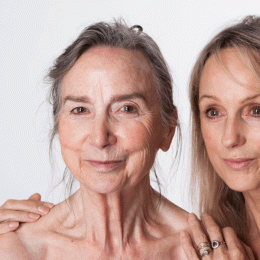A recent study has found that patients residing in hotter climates may require more dosage of neuromodulator units.
A groundbreaking study has revealed that climate conditions may play a significant role in determining the dosage requirements for anti-wrinkle treatments. Conducted by a team of researchers and recently published in the Journal of Plastic and Reconstructive Surgery, the study explored the impact of various climatic factors on the effectiveness and longevity commonly used neuromodulators used to reduce the appearance of fine lines and wrinkles.
Findings of the study
The research team analysed data from multiple geographical locations with varying climate conditions, including temperature, humidity, and exposure to sunlight. The study included 523 women, aged 35-60 years who received treatment to the Glabella region between the years of 2012-2019 from a single provider practicing in two different centres, one in the United Kingdom and the other in Malta.
Their findings indicate that these environmental factors can influence the metabolic rate of neuromodulators in the body, potentially altering the duration of its effects and the necessary dosage for optimal results.
According to the study, individuals residing in warmer climates may require higher doses to achieve the same results as those in cooler regions. This is attributed to the increased metabolic activity in warmer temperatures, which may accelerate the breakdown of the medication.
Similarly, high humidity levels and prolonged sun exposure were also found to impact their efficacy, suggesting that patients in such environments might need more frequent treatments or adjusted dosages.
Implications for practitioners and patients
These findings have significant implications for both practitioners and patients in the aesthetic medical field. For practitioners, understanding the influence of climate on treatments can enhance the precision of dosage recommendations, leading to improved patient satisfaction and outcomes. It also highlights the importance of considering environmental factors during consultations and treatment planning.
For patients, this study underscores the need for tailored treatment plans that take into account their living conditions and lifestyle. Patients may benefit from discussing these factors with their providers to ensure they receive the most effective and long-lasting results from their treatments.
Future research and developments
While this study offers valuable insights, it also opens the door for further research into how climate and other environmental factors affect various aesthetic treatments. Future studies could expand on these findings by exploring additional variables and their interactions with different neuromodulators and dermal fillers.
As the aesthetic industry continues to evolve, staying informed about such developments can help practitioners offer more personalised and effective treatments to their patients. This study is a reminder of the dynamic nature of aesthetic medicine and the importance of ongoing research in enhancing treatment outcomes.
Read the latest issue of SPA+CLINIC below:




